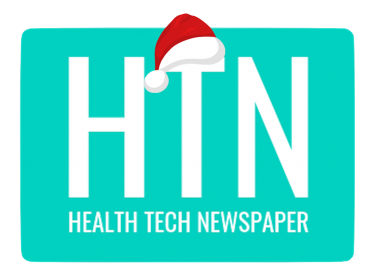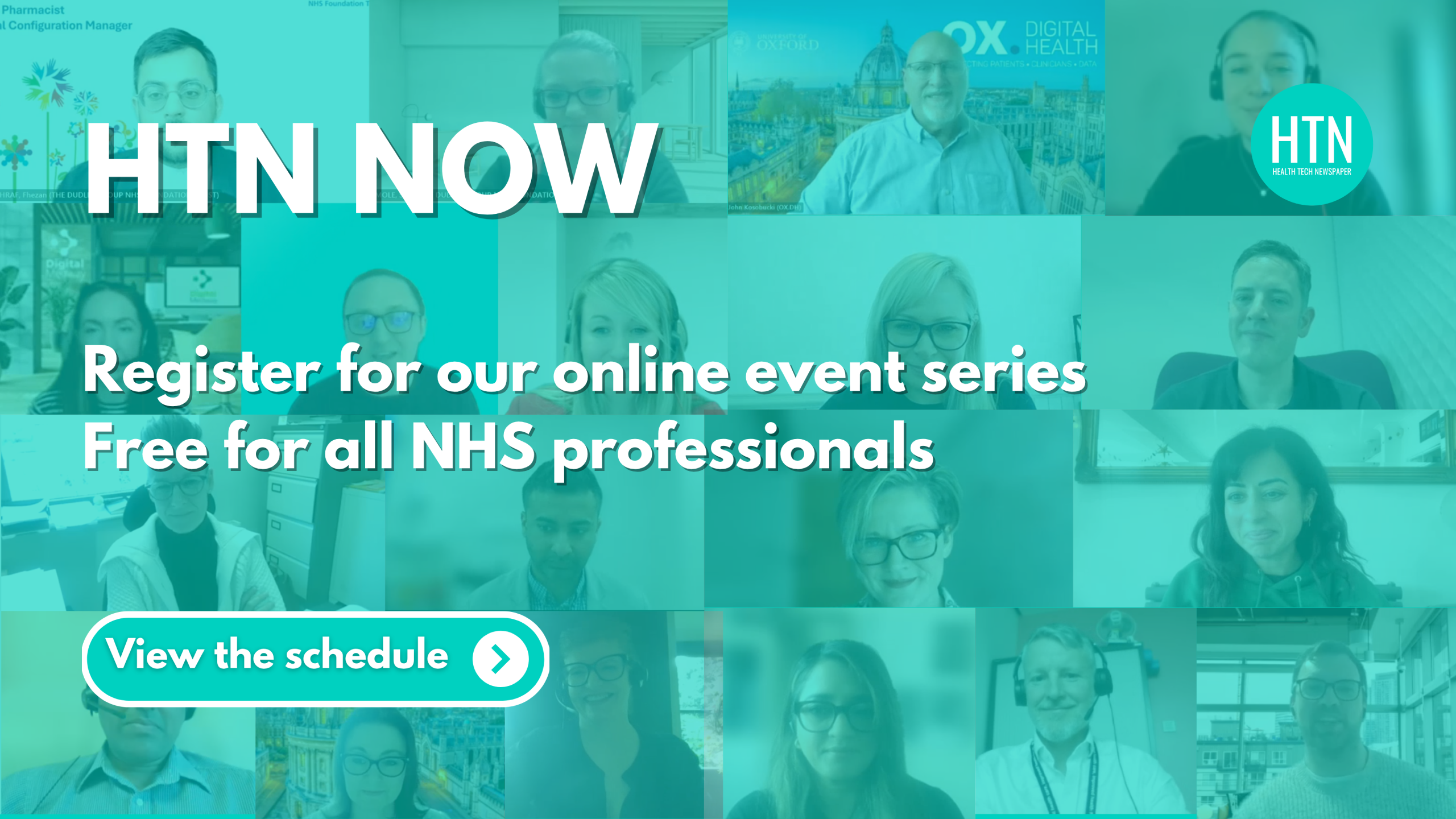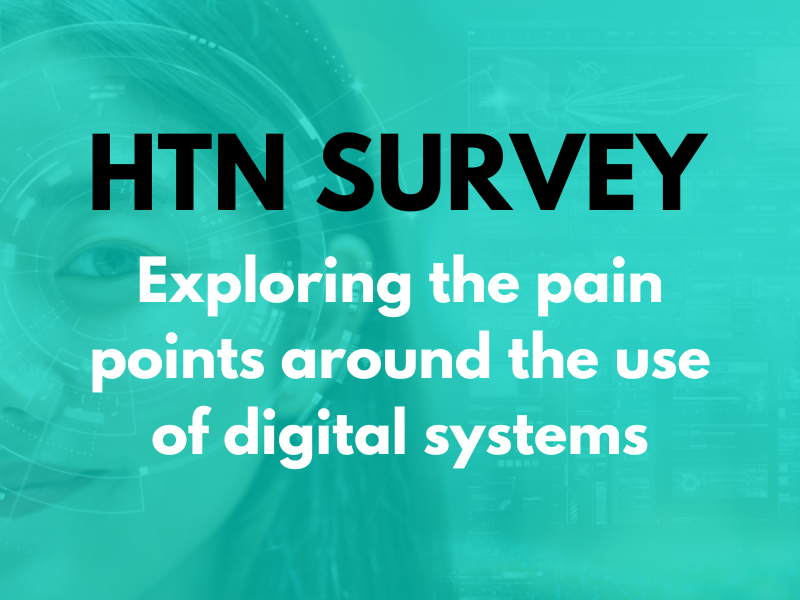Health Level Seven (HL7) has launched an AI Office, with the aim of setting up foundational standards around the use of safe and trustworthy AI when driving international transformation in healthcare.
The AI Office is said to focus on four strategic workstreams, each of which is designed to make sure any emerging technologies are “trusted, explainable and interoperable”, as well as being scalable across clinical, operational and research settings on a global scale.
The first workstream looks specifically at standards, with the AI Office aiming to build an AI-ready interoperability stack and develop frameworks around safe and explainable AI tools. A focus on global leadership and partnerships hopes to bring worldwide AI and health communities together to ultimately “align standards, shape policy, and accelerate responsible innovation”.
There are also plans for an AI Innovation Lab, which will reportedly act as an “incubator” for AI solutions while looking at ways to enhance user experiences and “pioneer new ways of working”. The final strategic pillar focuses on community excellence and providing implementers with the “tools and best practices for responsible, standards-powered AI deployment”.
The four workstreams aim to provide more “meaningful improvements in care quality, accessibility, and outcomes,” according to HL7, who has noted a number of initiatives that are already underway, including the development of frameworks around AI explainability and transparency.
As the newly appointed lead for this initiative, Dr Daniel Vreeman, chief standards development officer and now chief AI officer, commented: “With AI poised to transform healthcare as we know it, we have an ambitious aim: to enable trustworthy, powerful AI that unlocks the potential for everyone to live in optimal health. Through this new office, we’ll ensure that HL7’s open standards become the essential building blocks for tomorrow’s AI innovations—enabling breakthrough technologies that are transparent, interoperable, and seamlessly integrated into health-related decision-making.”
AI frameworks and guidance across healthcare
Earlier this year, a framework for implementing and monitoring AI in the London health and care system was published. Developed in collaboration with digital leaders from South East London NHS, AI experts, the AI Centre for Value Based Healthcare, and the Health Innovation Network South London, the framework covers five key areas: partnership, infrastructure and data, use cases, AI delivery approach, and communication and workforce development.
A recent HTN Now webinar, supported by Restore Information Management, focused on the practicalities of AI technologies, exploring implementation, adoption, the role of data, policy, regulation, frameworks, evaluation and best practices. Panellists included Neill Crump, digital strategy director at The Dudley Group NHS Foundation Trust; Lee Rickles, CIO, director and deputy SIRO at Humber Teaching NHS Foundation Trust; and Beatrix Fletcher, senior programme manager (AI) at Guy’s and St Thomas’ NHS Foundation Trust (GSTT).
The CQC issued guidance on the use of AI in GP services, sharing what they look at when assessing safety and compliance across areas including procurement, governance, human oversight, learning from errors, data protection, and staff training. They will reportedly check AI tools have been procured in line with relevant evidence and regulatory standards such as DCB0160 and DTAC, also reviewing clinical governance arrangements to check appropriate and safe use.
The Ministry of Social Affairs and Health of Finland and the Council of Europe recently held an event which saw more than 400 representatives from health organisations across the world share their thoughts on the application of AI in the health sector and the human rights implications this may have. They explored AI’s impact while also facilitating discussions around what patients need to know when interacting with this tech.






